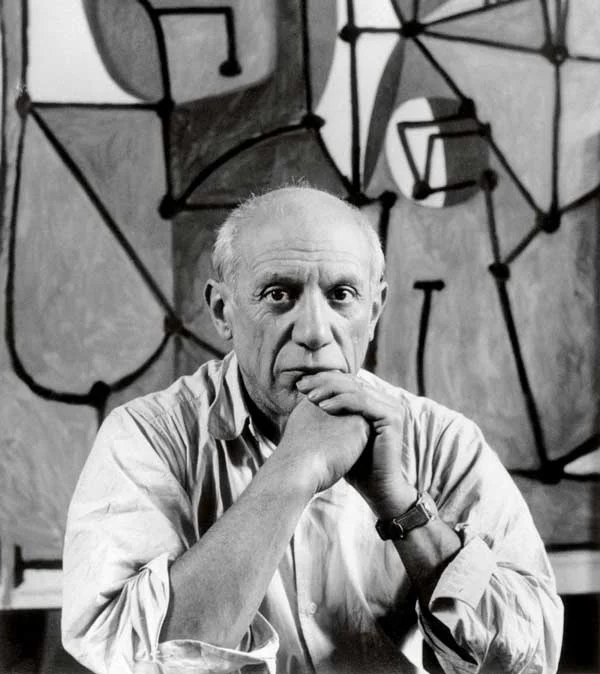
Pablo Picasso's creative journey traversed numerous styles and periods, showcasing a relentless drive for innovation and reinvention. Picasso's artistic talent manifested early, and his prodigious output throughout his lifetime demonstrated his extraordinary versatility across various mediums, including painting, sculpture, ceramics, printmaking, and more. Picasso's journey began with traditional training, but he quickly shattered conventions, embarking on a quest to redefine artistic expression. His innovations in Cubism, along with Georges Braque, radically changed the course of art, deconstructing form and perspective.
Picasso's profound influence extended beyond Cubism, as he embraced Surrealism, Expressionism, and other movements, consistently challenging norms and expanding his creative horizons. His work often reflected personal experiences, relationships, and the socio-political climate, making him a mirror of his times. The extraordinary range of Picasso's oeuvre includes iconic works such as "Les Demoiselles d'Avignon," "Guernica," and countless portraits and sculptures that capture his unique perception of the world.
To provide the best experiences, we use technologies like cookies to store and/or access device information. Consent to these technologies will allow us to process data such as browsing behavior or unique IDs on this site. Not consenting or withdrawing consent may negatively affect certain features and functions.
Market reports for visionary collectors and insiders.